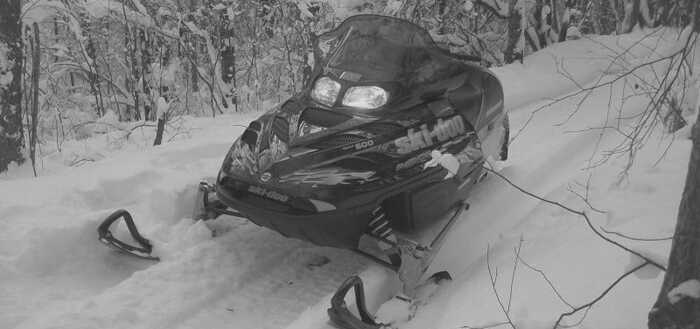
Rear Suspension - Shock Absorber Inspection

All Models Equipped with Hydraulic Shock
NOTE: Hydraulic shocks are painted black. Secure the shock body end in a vise with its rod upward.
CAUTION: Do not clamp directly on shock body.
Examine each shock for leaks. Extend and compress the piston several times over its entire stroke. Check that it moves smoothly and with uniform resistance with its rod upward.
Pay attention to the following conditions which will denote a defective shock:
- A skip or a hang back when reversing stroke at mid travel.
- Seizing or binding condition except at extreme end of either stroke.
- Oil leakage.
- A gurgling noise, after completing one full compression and extension stroke.
Renew if any faults are present.
All Models Equipped with Gas Pressurized Shock
NOTE: Gas pressurized shocks are painted light gray, purple or bare aluminum.
Gas shock can be inspected as follows:
Because of gas pressure, strong resistance is felt when compressing the shock. When released, the shock will extend unassisted. Renew as required.
If an internal gas leak is suspected, between oil chamber and gas chamber, check shock as follows:
- Install shock in a vise clamping on its bottom eyelet with its rod upward.
- Let it stand for 5 minutes.
- Completely push down the shock rod then release.
- Rod must come out at a steady speed. If speed suddenly increases particularly at end of extension, replace shock.
All Types of Shock
If a gas shock is suspected to be frozen, proceed as follows:
- Place shock in a freezer (temperature below 0°C (32°F)) for 4 hours.
- Push down rod and note its resistance, compare to a new shock. If shock is frozen it will be much more difficult to compress than the new one.






